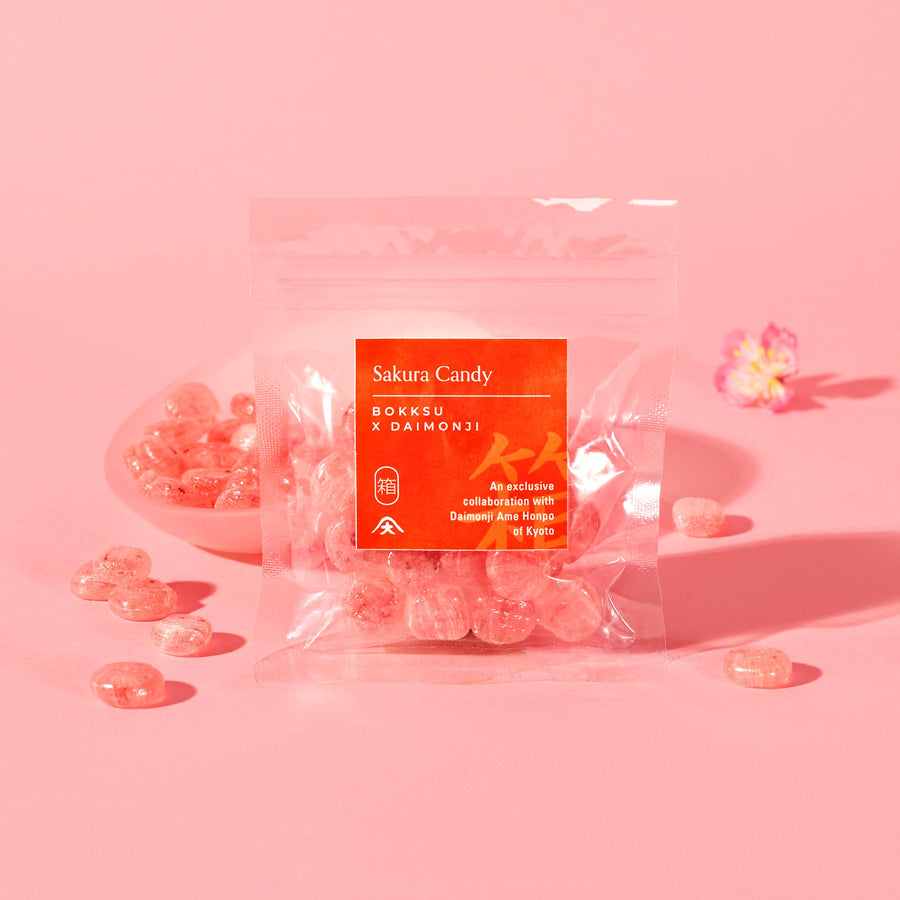Gachapon: The "Fun" Vending Machines
Some readers will want the skinny, the quick and dirty, the meat-and-potatoes answer to their question (presumaby, “What are gachapon?”) To those readers we proffer this—
Gachapon are vending machines which dispense capsules of toys, figurines, and an array of other tiny goods for children and adults. Hungry for some trivia? Gachapon get their name from the sound they make in action! Having trouble breaking down the whiplash translation from real sound to Japanese onomatopoeia back to original sound? Let’s break it down. In your dream Japanese vacation, you’ve visited Japanese convenience stores, Japanese arcades, malls and train stations. In a magical moment, you happen to glance to your right and see the miniature ___ you never knew you needed. (We’ll let you fill in the blank. It’s your dream, after all!)

Now that you’ve found your prize, into the metal slot go your coins, and crank go the internal gears as you turn the lever—ga-cha! And like that, your money has fallen into place. Listen as a plastic capsule bounces and tumbles into the tray. Lift open the door, and—pon! It’s in your hand, waiting to be opened, its contents unwrapped, and in many cases, assembled. Pon! That’s the sound of your brain chemicals lighting up in joy. Want another? It’s just a few hundred yen. In your dream trip to Japan, you’ll breeze past more Japanese convenience stores, more Japanese arcades, more malls and train stations. Just like in real life, mystery capsules will be trapped in gachapon at each stop, waiting patiently for their release.
Gachapon, sometimes called “gashapon,” are a subset of the cultural and economic phenomenon of Japanese vending machines. Famously, one can acquire the unimaginable said machines, from hot fried foods to tiny plastic Statues of Liberty lounging while reading their books (you know the one). Gachapon, as the name implies, refers exclusively to goods delivered in capsules.

Egyptians had their own, fully mechanized water vending machines for millenia, but Europe didn’t catch up until the mid 1800s. By the 1880s there was a vending machine in Tokyo, and in 1912 along many a roadside one could find colorfully-painted machines that accepted coins in exchange for a satisfyingly clean, metalic “chin-chin” sound and a little bag of candy. More impressive developments ensued, including Mr. Ri-ichi Ezaki’s hand-cranked mutoscope-gachapon hybrid, which allowed children to watch short black and white “films” to gramophone soundtracks while waiting for caramels.
A Japanese attention to literally minute details (or the komakai) has resulted in development and manufacturing of extraordinarily tiny technological hardware and devices. Japan also offers widespread retail access to tiny, detailed art pieces. And who should deliver those miniatures but the roadside gachapon? Because of advanced production capabilities and a seemingly endless consumer appetite for unusual and creative design concepts, gachapon offer a wide circulation of tiny, high-quality toys and figurines. Though many are linked to specific media franchises, there are plenty of other collections, like “lazy uncles who will dangle a socked foot over your shelf” and “alphabet puffy stickers made in a font of flexible photorealistic cats.” That is to say, even if a pedestrian is just peeking outside Japanese convenience stores here and there, they are likely to come across a tiny, ephemeral, and extremely niche art piece.
Even without setting foot in Japan, many foreigners have experienced the “gacha gacha” experience. In “real life,” as some call it, gachapon offer a series of exciting moments—from the imagined to the sensory and occasional windfall. In an interaction with a physical gachapon, the first joy is to set eyes on a new set of figurines: not only do they exist, but any one could be yours, so long as you can pay the nominal fee (generally in the vicinity of $5 US). The sensory “gacha-pon!” experience is the next “thrill,” the sound of coins releasing, levers clicking into place, and the magical appearance of a capsule into one’s hand. The third moment of excitement is the unveiling. Did the gachapon release the most desired of the collection, or will the buyer need to come back for more? No matter the result, that tiny roller coaster of emotions might be prize enough. Note to self: keep an eye out for miniature roller coasters.
Author Bio







 Bokksu Snack Box
Bokksu Snack Box

























